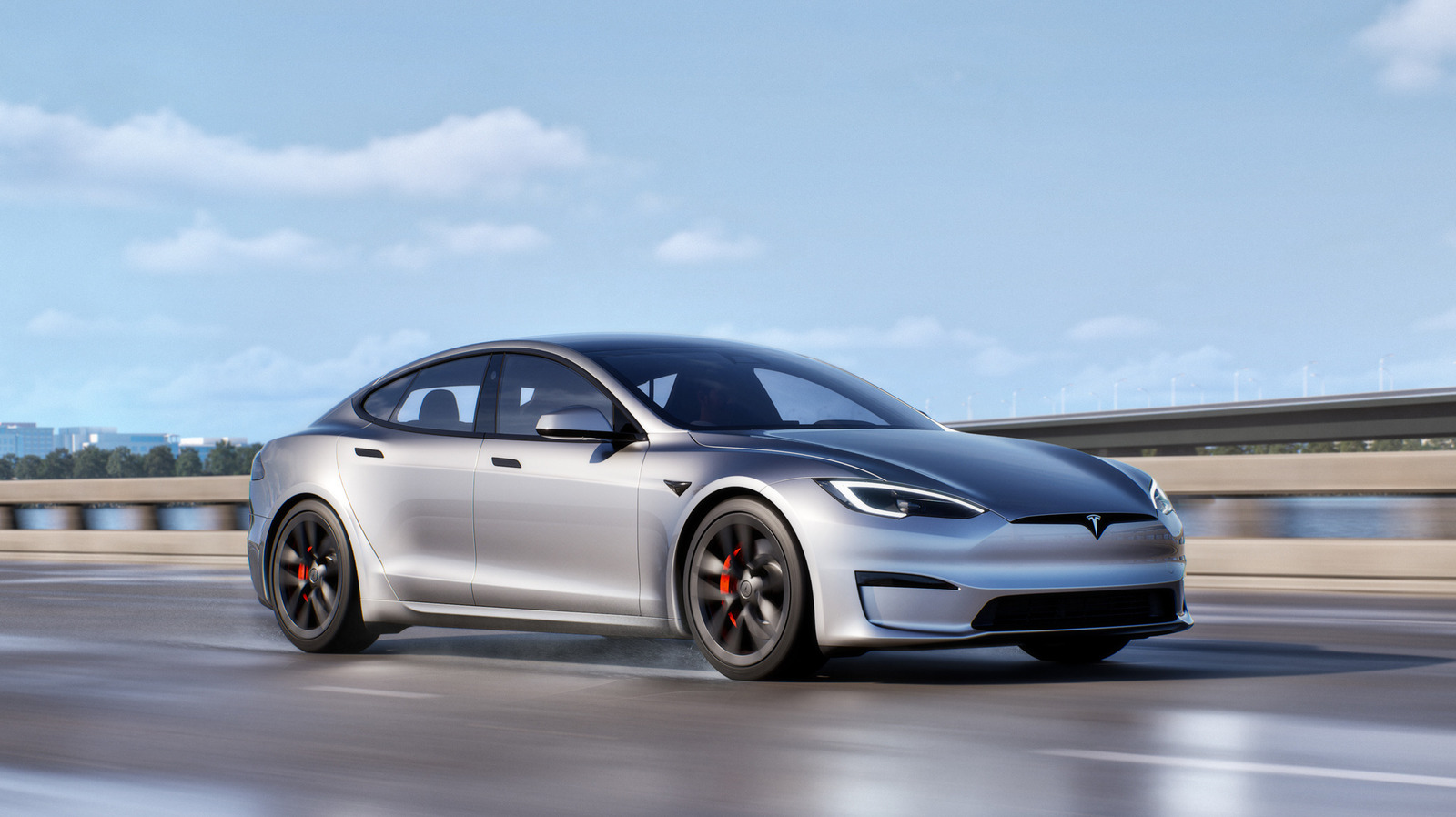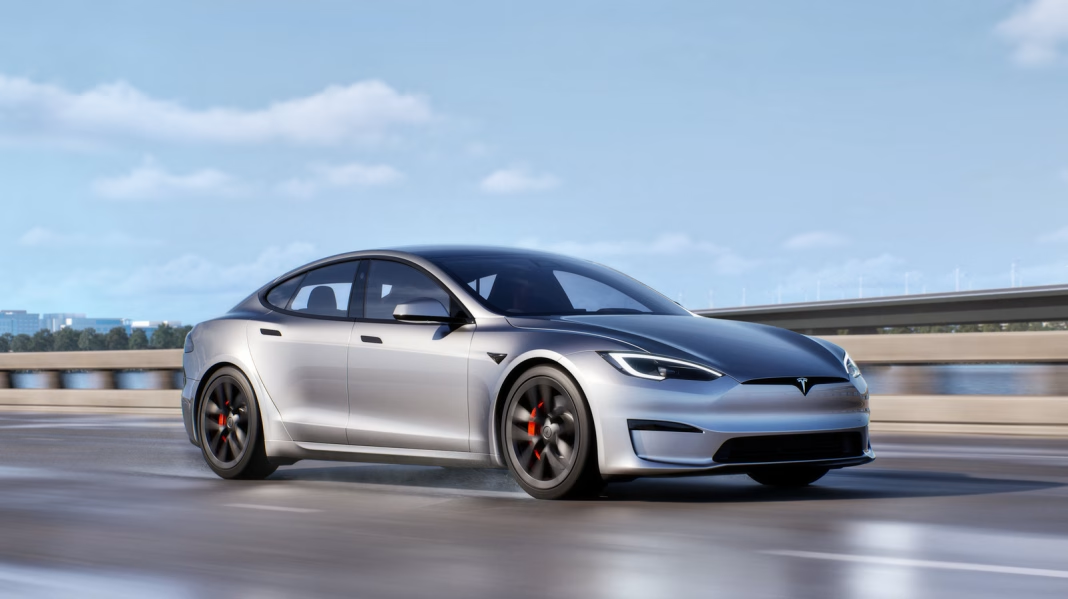The Tesla Model S has been a game-changer in the electric vehicle (EV) landscape since its debut in 2012. Even after more than a decade, it still holds the title for the longest range among Tesla’s lineup. However, as the EV market evolves, several competitors are stepping up, offering impressive ranges that challenge the Model S’s dominance.
What Makes the Model S Stand Out?
The Model S was revolutionary when it first hit the roads, boasting a range of up to 402 miles on a single charge. This impressive feat was a significant leap forward for electric vehicles, which previously struggled with range anxiety. The sleek design, cutting-edge technology, and performance capabilities made it a favorite among EV enthusiasts and luxury car buyers alike.
But what keeps the Model S relevant today? It’s not just about the numbers. Tesla has continuously updated the Model S with software enhancements, improving everything from battery efficiency to user interface features. This commitment to innovation has helped maintain its status as a top choice for those seeking a high-performance electric vehicle.
Which EVs Are Outpacing the Model S?
Despite its impressive range, the Model S is no longer the sole champion in the long-range EV arena. Several new players have emerged, pushing the boundaries of what electric vehicles can achieve. For instance, the Lucid Air Dream Edition boasts an astonishing range of up to 520 miles, making it a formidable competitor. This vehicle emphasizes luxury and performance, appealing to those who want both range and refinement.
Another notable contender is the Mercedes EQS, which offers a range of around 480 miles. With its luxurious interior and advanced technology, the EQS is designed to compete directly with the Model S, attracting buyers who prioritize comfort alongside performance.
Even more surprising is the Ford Mustang Mach-E, which, depending on the configuration, can achieve up to 300 miles of range. This model has gained popularity for its blend of performance, style, and practicality, making it a strong option for everyday drivers.
How Do These Ranges Impact Your Choice?
When considering an electric vehicle, range is undoubtedly a crucial factor, but it’s not the only one. Factors like charging infrastructure, overall performance, and personal preferences play significant roles in the decision-making process. For instance, while the Model S offers a robust range, it’s essential to consider how often you’ll need to charge and where those charging stations are located.
Moreover, the charging speed can vary significantly between different models. Tesla’s Supercharger network is extensive, allowing for quick top-ups during long trips, which can be a game-changer for many drivers. Other manufacturers are working to expand their charging networks, but the convenience and availability of Tesla’s infrastructure remain a significant advantage.
Real-World Considerations for EV Buyers
If you’re in the market for an electric vehicle, it’s wise to think beyond just the range. Test-driving different models can provide insights into how they handle, their comfort levels, and how well they fit your lifestyle. Consider your daily driving habits—do you often take long trips, or is your driving mostly local?
Additionally, keep an eye on the evolving technology landscape. Many manufacturers are investing heavily in battery technology and charging solutions, which means the options available today might look very different in just a few years. Staying informed about upcoming models and advancements can help you make a more informed decision.
The big takeaway? The Model S isn’t about perfection—it’s about smarter adjustments. Start with one change this week, whether it’s researching a new EV or planning a test drive, and you’ll likely spot the difference by month’s end.


